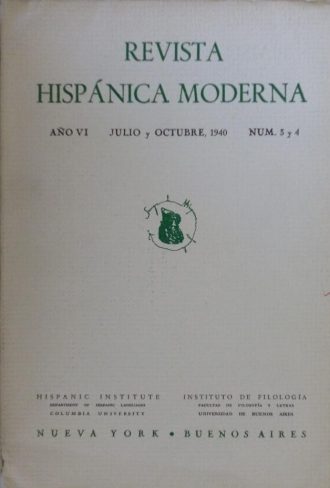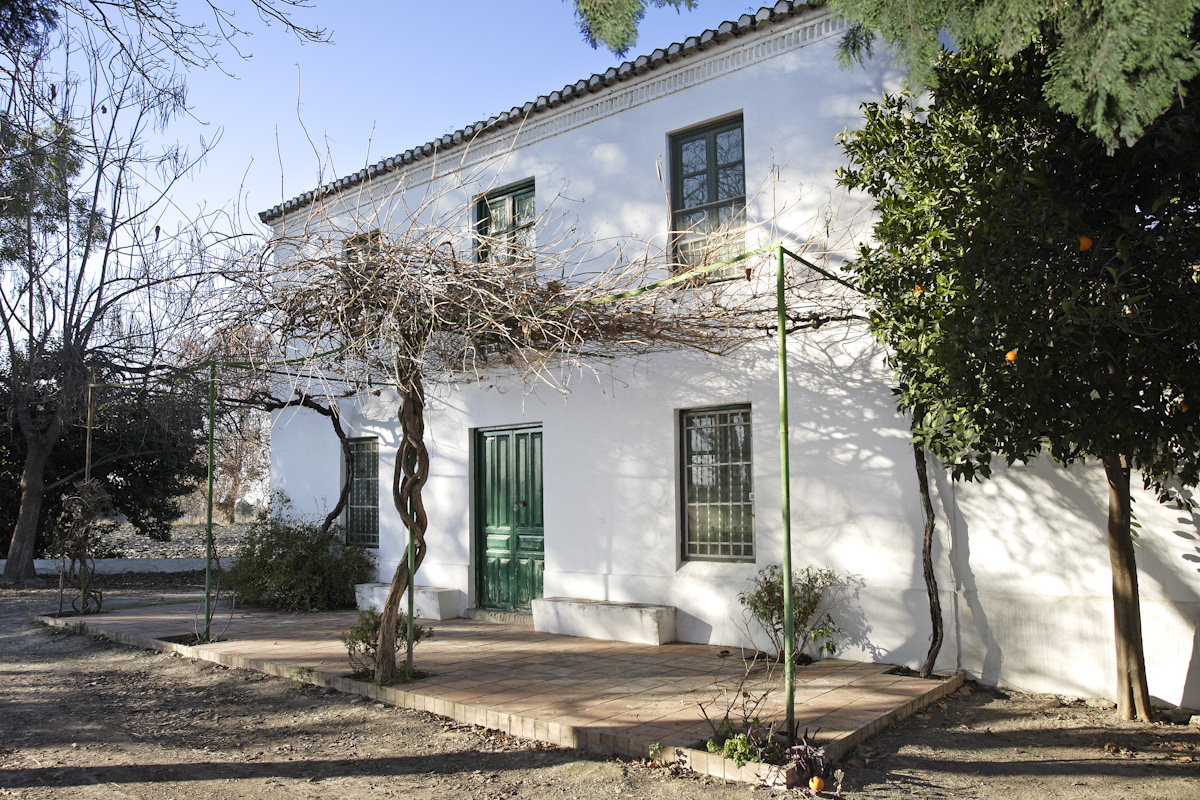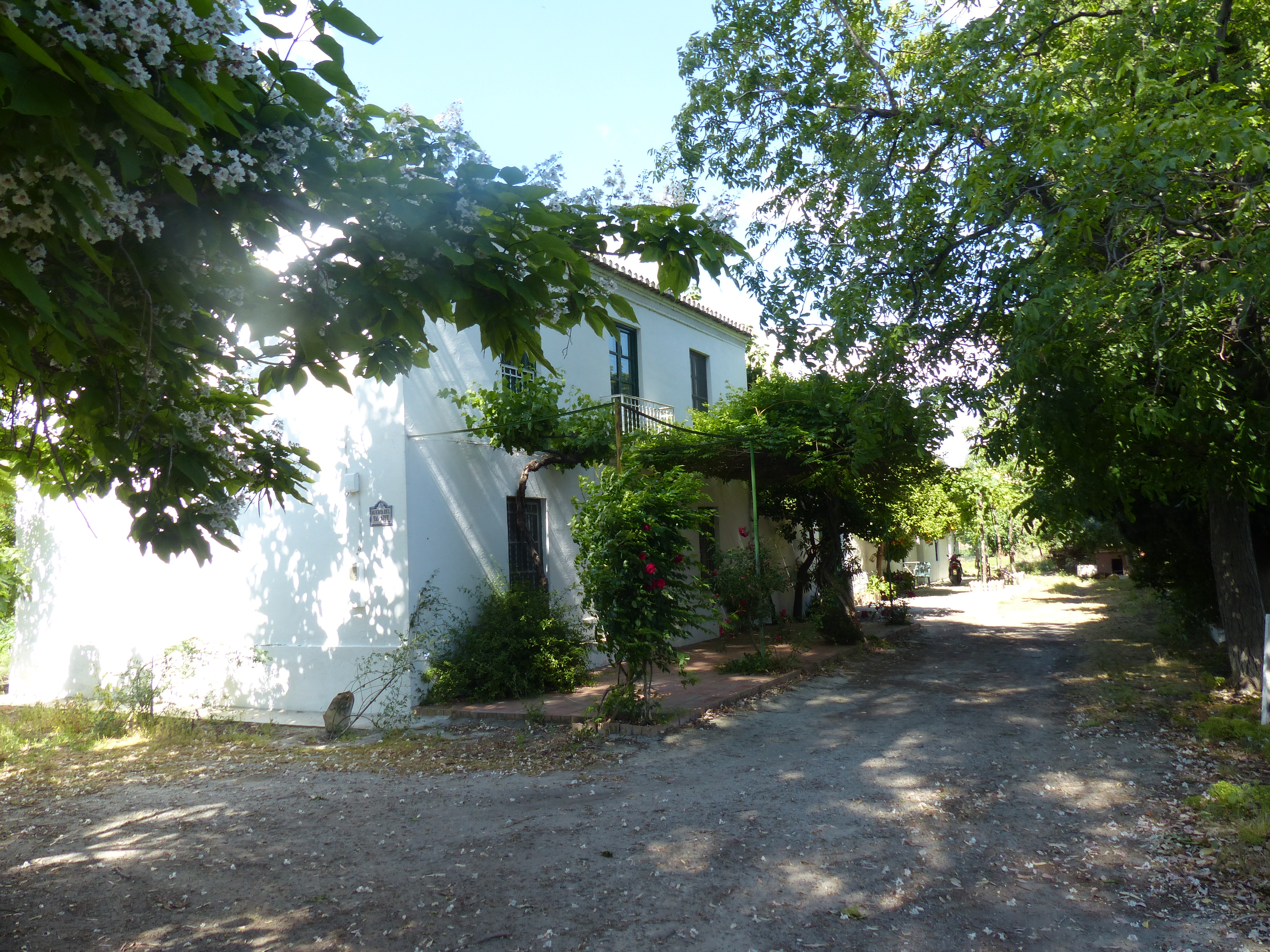
Diván del Tamarit (Divan del Tamarit) (divan is a set of poems in Arabic and Tamarit is a tribute to Lorca’s uncle’s Farmhouse) consists of two blocks of poems, the “Gacelas” (“Gazelles”) and the “Qasidas”. Both names allude to two types of stanzas of Arabic origin, but the structure of the poems bears no relation to these.
Both the eleven gazelles and the nine qasidas that make up the book are numbered with Roman numerals (except for the first ones, which have the ordinal number) followed by a complement to the name as a title.

They are poems of love and death. Poems of love, eroticism and pain, the gazelles. Poems of death, the qasidas. The latter shows the personified elements and metaphors of death and pain that run through all Lorca’s work: the well, the child hurt by water, the personified cry, the drowned girl… The verses become thinner and thinner until they return to childhood, to the echo of children’s folklore, to the child who asks for his grave.
In the gazelles we still find the presence of love, even if only in the form of desire, memory or dream. In the Qasidas this presence has disappeared and all that remains is a landscape of drowning, weeping and death.
The book was finished in 1934. The University of Granada, through Antonio Gallego Burín, then dean of the Faculty of Letters, offered to publish it. Emilio García Gómez undertook to prepare the collection and the prolog. The book reached the proofreading stage but was never published, possibly because of the Civil War. The manuscript and proofs were rescued by Concha García Lorca and the book was first published in the New York Revista Hispánica Moderna (year VI, issues 3 and 4, July-October 1940), prepared by Francisco García Lorca and Ángel del Río.
Guillermo de Torre had made a partial edition of the book with poems from those published by the author in magazines (Complete Works, Losada, 1938). To follow would be the editions of Arturo del Hoyo (in Aguilar, 1954), Mario Hernández (Alianza, 1981) or Andrew A. Anderson (Espasa-Calpe, 1988).
Some poems remained unpublished during the author’s lifetime, but quite a few were made known in magazines of the time: Quaderns de Poesía (Barcelona), Hero (Madrid), Foret of prose and verse (Madrid), Literary almanaque (Madrid), etc. Even the Casida: The Weeping was published in Gerardo Diego’s Anthology, in 1934.
They are poems written between 1931 and 1934, most of them in the Huerta de San Vicente (San Vicente Farmhouse), summer residence of the García Lorca family since 1926. The title, Divan del Tamarit, is a tribute to the neighboring Farmhouse belonging to the poet’s uncle, Francisco García Rodríguez, father of Clotilde García Picossi (one of Federico’s favorite cousins). Federico said that his uncle had one of the most beautiful houses there were: “Huerta del Tamarit (Tamarit Farmhouse), Término de Fargüi, Granada”.
The first issue of the Casida V. Del sueño al aire libre (Qasida V. Of the Open-Air Dream) is dated 1931. The same date seems to have been gven to the Gacela VI. De la raíz amarga (Gazelle VI. Of the Bitter Root) and (Qasida IX. The Dark Doves) (without those titles yet). The book is not outlined until the end of 1933, but 1934 was the decisive year. After his trip to Argentina he writes Gacela VIII. De la muerte oscura, Gacela X. De la huida (Gazelle VIII. Of the Dark Death, Gazelle X. Escape) and Casida VI. De la mano imposible (Qasida VI. Of the Impossible Hands). The rest of the poems must be from 1934.
The offer by Antonio Gallego Burín to publish the work in the publishing house of the University of Granada arose after a lecture on Yerma that the poet gave in the Casa de los Tiros (Shooting House) and continued in the restaurant Los Manueles. The event was also attended by Emilio García Gómez. From this meeting came Gallego Burín’s request to Federico to give him the manuscript for publication and García Gómez’s commitment to prepare the collection and write the prolog. According to García Gómez the book was never published because of the Civil War.
In the prolog, García Gómez (who had published Poemas arábigo-andaluces (Arabic-Andalusian Poems)) in 1930 and which Lorca surely read) pointed out the differences between the Arabic stanzas and those used by Federico. What unites Lorca’s collection of poems with the Arabic-Andalusian tradition is, according to García Gómez, his “delirious granadinismo”, his love for Granada, his perception of the city, his fascination with water…
They are poems that draw on the same elements of reality that the poet has always used to turn them into literary material, elements of his peasant childhood, folklore, childhood memories that impressed him or his vision of Granada: “Solamente por oír [Just to hear] / la campana de la Vela [the candle bell] / te puse una corona de verbena [I put a verbena crown on you]” he says in Gacela IV. Del amor que no se deja ver (Gazelle IV. Of Love that Cannot be Seen) or “Todas las tardes en Granada [Every afternoon in Granada], / todas las tardes se muere un niño [every afternoon a child dies]”, from Gacela V. Del niño muerto (Gazelle V. Of the Dead Child). Without forgetting the true tribute in the book to that Huerta del Tamarit (Tamarit Farmhouse), close to San Vicente where he writes most of the book: “Por las arboledas del Tamarit [Through the groves of Tamarit] / han venido los perros de plomo [have come the lead dogs] / a esperar que se caigan los ramos [to wait for the branches to fall], / a esperar que se quiebren ellos solos.” [to wait for them to break by themselves.”]

On December 19, 1935 he repeated for the L’Associació de Música de Campra (Campra Music Association), during the premiere of Doña Rosita in Barcelona, his speech How a city sings from November to November and gave the first lecture on Divan del Tamarit.
Article by Emilio García Gómez in ABC to include his prolog in the edition of Divan del Tamarit by Mario Hernández.